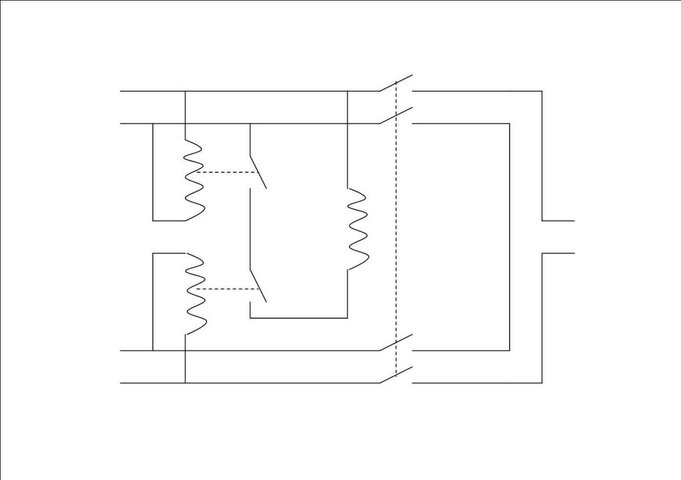So this might be a stupid question. But I am going to ask it non the less. I have done some searching around and can not find an answer to this. Any help is appreciated. Thanks in advance.
Can you take 2 115 VAC circuits and turn them into 220 by just connecting the neutral and the grounds and using the 2 hot leads for each side of the 220?
If so you get the amperage of the 115 V circuits right? Here is what I am thinking about doing. Get 2 115 VAC circuits at 20A and make them 1 220VAC circuit at 20A. Let me know if that will work.
Thanks again.
Can you take 2 115 VAC circuits and turn them into 220 by just connecting the neutral and the grounds and using the 2 hot leads for each side of the 220?
If so you get the amperage of the 115 V circuits right? Here is what I am thinking about doing. Get 2 115 VAC circuits at 20A and make them 1 220VAC circuit at 20A. Let me know if that will work.
Thanks again.





